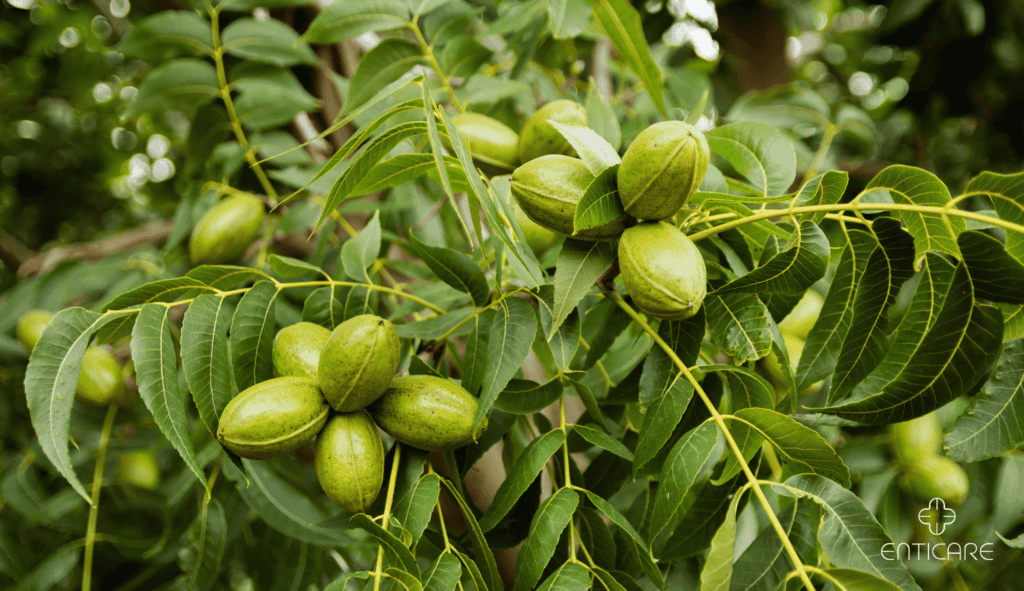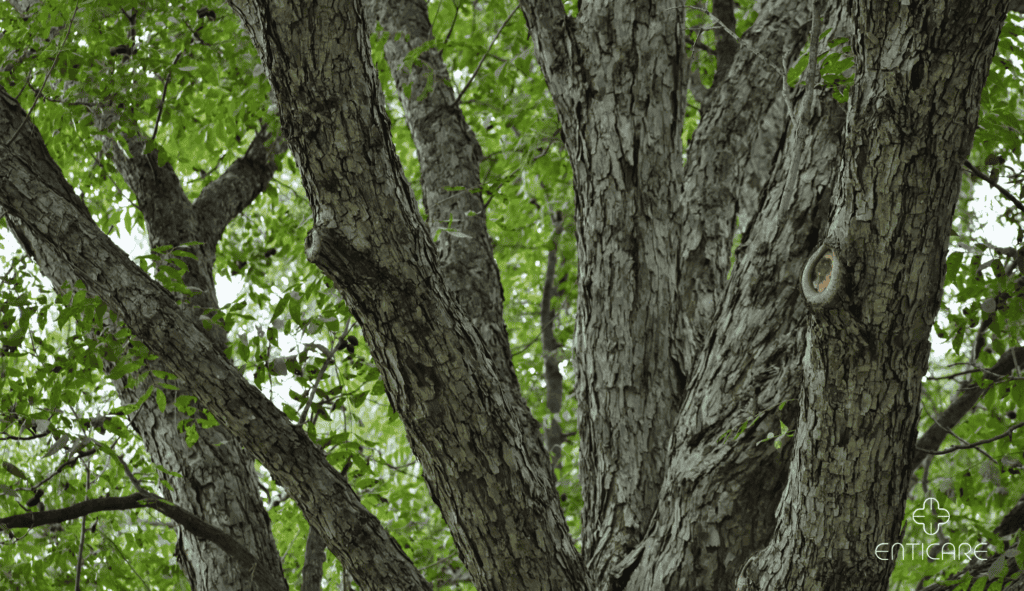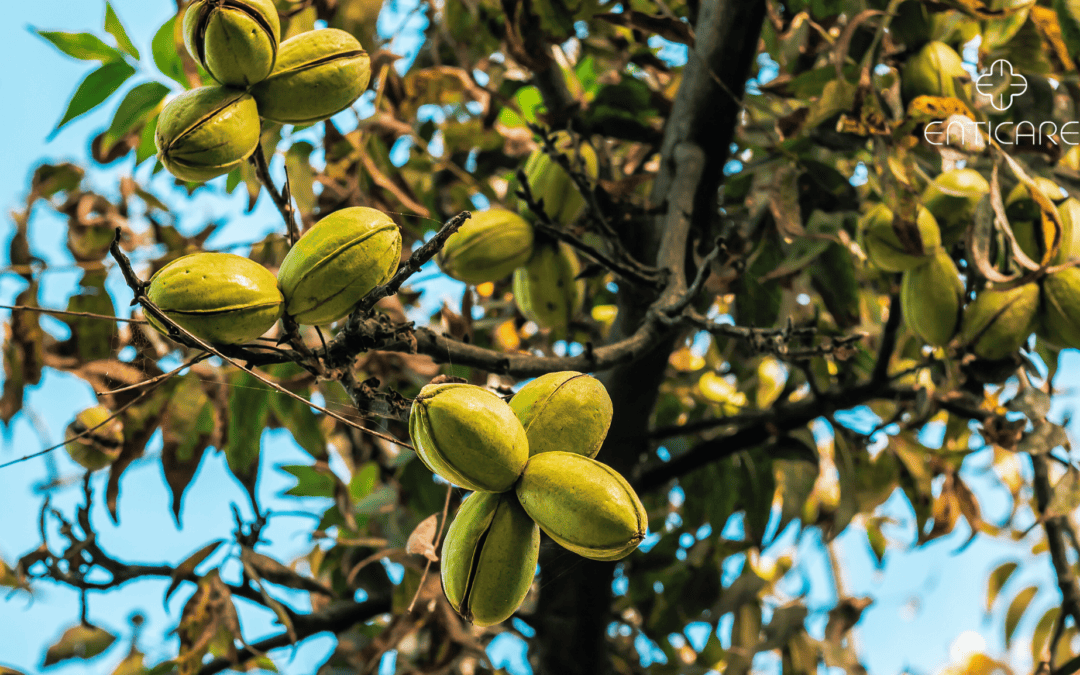Pecan trees, a source of delicious nuts and a symbol of Southern hospitality, can surprisingly trigger allergies in some individuals. Pecan tree allergies, caused by the wind-borne pollen released by these majestic trees, can disrupt the enjoyment of fall foliage and outdoor activities.
Pecan trees, with their towering stature and distinctive leaves, are a familiar sight in many parts of North America. While valued for their economic importance and the culinary delight of pecan nuts, they can be a hidden source of allergies for some.
Pecan trees are native to North America, primarily found in the southeastern United States and northern Mexico. They thrive in warm, temperate climates with well-drained soil. Here’s a breakdown of their distribution:
Southern United States: Pecan trees are abundant in states like Texas, Oklahoma, Georgia, and Alabama, forming extensive pecan groves.
Limited Distribution: Pecan trees can also be found in scattered locations with suitable climates in other regions like Arizona and New Mexico.
Understanding the areas with high pecan tree concentrations can help you anticipate potential allergy concerns.

Seasonality and Characteristics
Pecan tree allergies typically occur during the late spring months, from April to May. Here’s a closer look at the key factors:
Wind-Pollinated: Pecan trees rely on wind for pollination, releasing their microscopic pollen grains during this period.
Allergenicity: While not as common as other seasonal allergies like ragweed, pecan pollen can trigger reactions in sensitive individuals.
Cross-reactivity: Individuals with allergies to other tree nuts, such as birch or hickory, might experience cross-reactions due to similar protein structures in the pollen.

Symptoms
Pecan tree allergies can manifest in various ways, often mimicking other seasonal allergies or even food allergies. Here are some common signs to watch out for:
Hay fever: This includes symptoms like runny nose, sneezing, itchy and watery eyes, and congestion.
Sinus issues: Facial pressure, headaches, and postnasal drip can occur.
Respiratory problems: Coughing, wheezing, and difficulty breathing might be experienced in severe cases.
Skin reactions: Hives, rashes, or eczema can develop in some individuals.
Oral allergy syndrome: Tingling or itching in the mouth, throat, or lips might occur, especially in individuals with both pecan tree and nut allergies.

Managing Pecan Tree Allergies:
If you suspect you might have pecan tree allergies, consulting a healthcare professional is crucial for proper diagnosis and a personalized management plan. Here are some general tips for effective management:
Minimize exposure: During peak pollen season, stay indoors when possible during the daytime, keep windows closed, and consider using air purifiers at home.
Medication: Antihistamines and nasal corticosteroids, as prescribed by your doctor, can help alleviate allergy symptoms.
Allergy shots (immunotherapy): In specific cases, your doctor might recommend allergy shots to desensitize your immune system to the pollen over time.
Pecan tree allergies, with their intricate origins and diverse manifestations, demand recognition and understanding. With awareness as your guide, transform your relationship with nuts, fostering a harmonious coexistence with the environment. Together here at Enticare, we can find the treatment plan that best suits your needs. Call us now at 480-214-9000!

